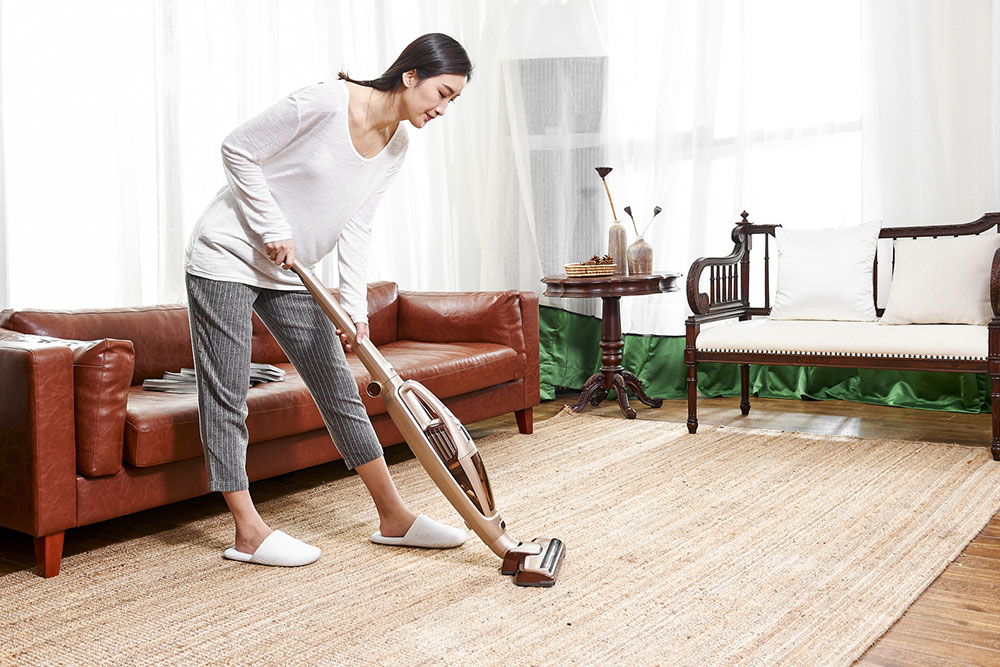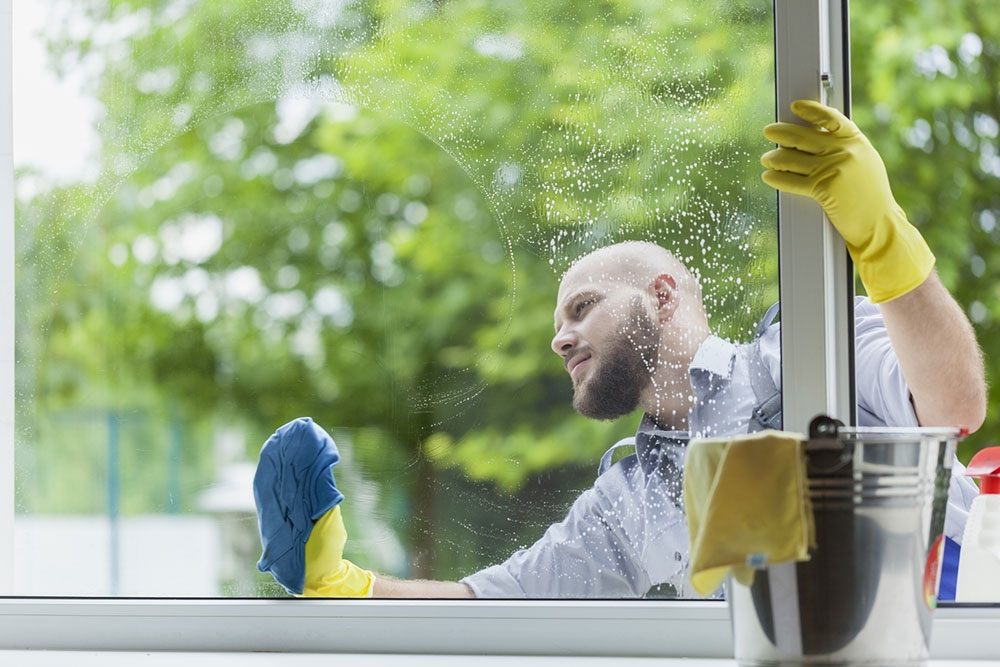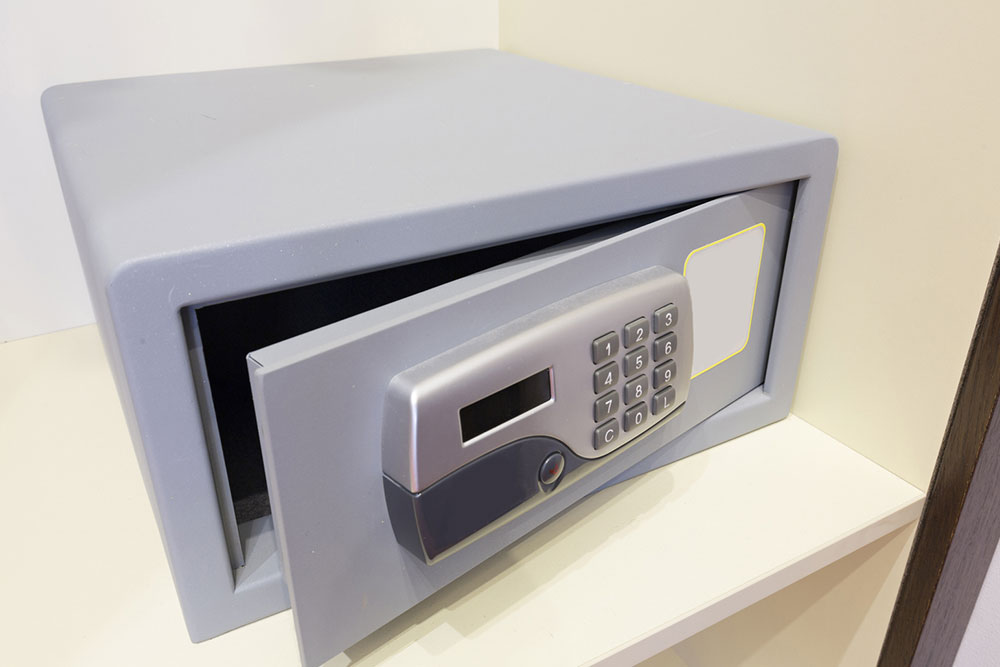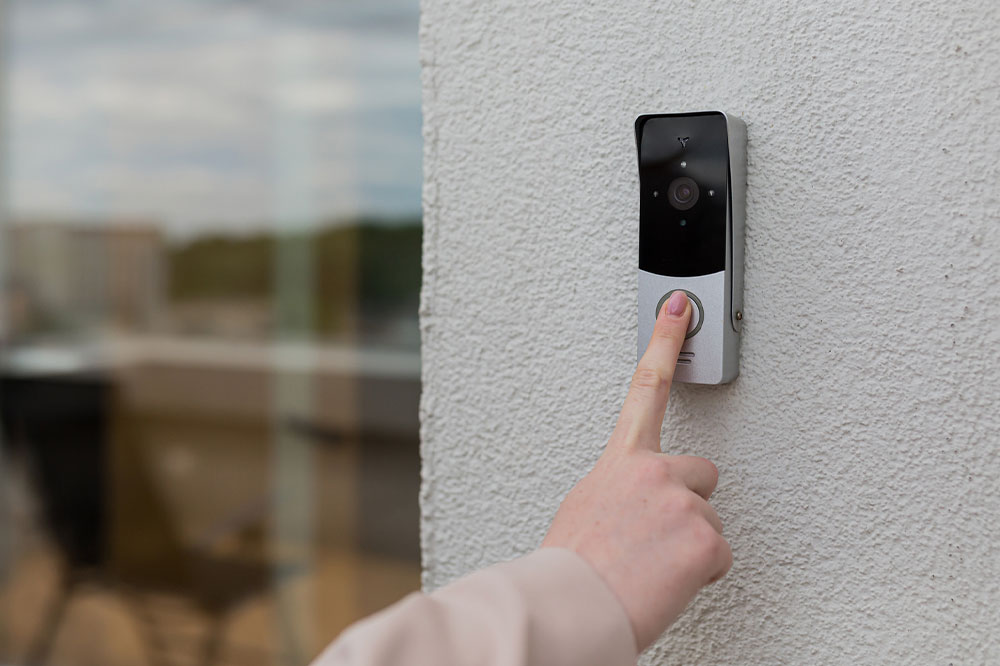
home and needs
7 reasons why homeowners should invest in solar power generators
Solar power has become increasingly accessible and popular in the last few years. This is because most homeowners want reliable emergency backup power, especially in areas more susceptible to natural disaster-related blackouts. Moreover, solar energy is clean and can be collected and stored using solar panels and generators, and later, one can use it to power electrical devices. Keep reading to learn about the reasons to have solar power generators at home and its advantages. What are solar power generators, and how are they different? Typically, gas-powered generators utilize an internal combustion engine which provides the mechanical power needed to create a current of electricity. But in the case of solar power generators, the solar battery stores energy sourced from the sun with the help of solar panels. The energy generated can be used to easily provide emergency power backup for the whole house whenever necessary. Note that one must have an inverter to convert the energy, i.e., direct current (DC) into alternating current (AC). Top reasons to have solar power generators at home Reliability While fuel-powered generators have proven useful for years, one cannot deny their part in damaging the environment. But as mentioned previously, solar power generators source their energy from the sun.
Read More 















